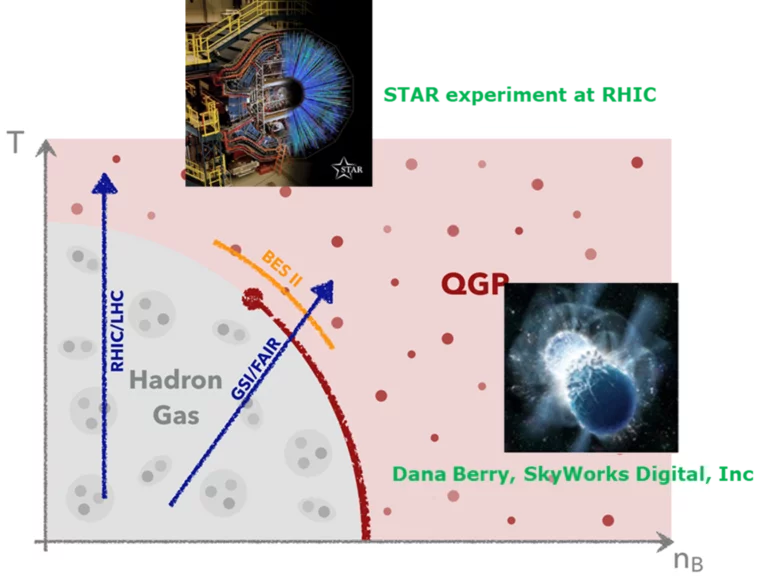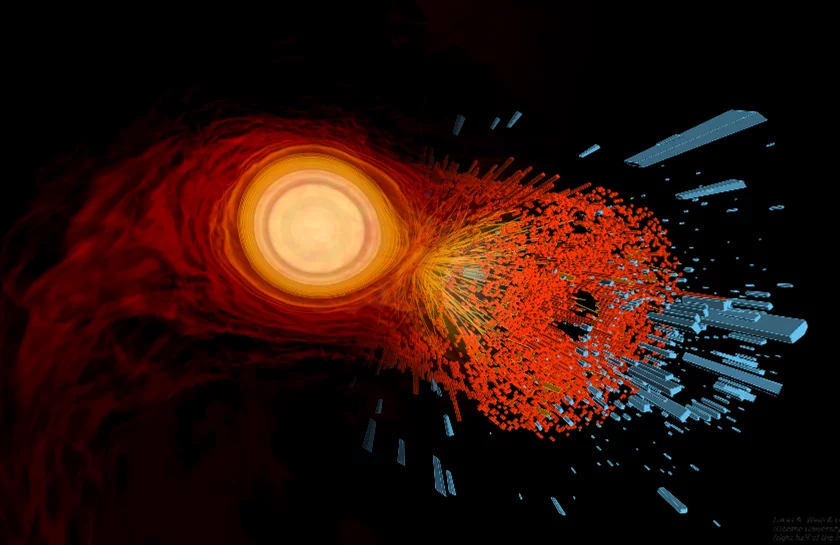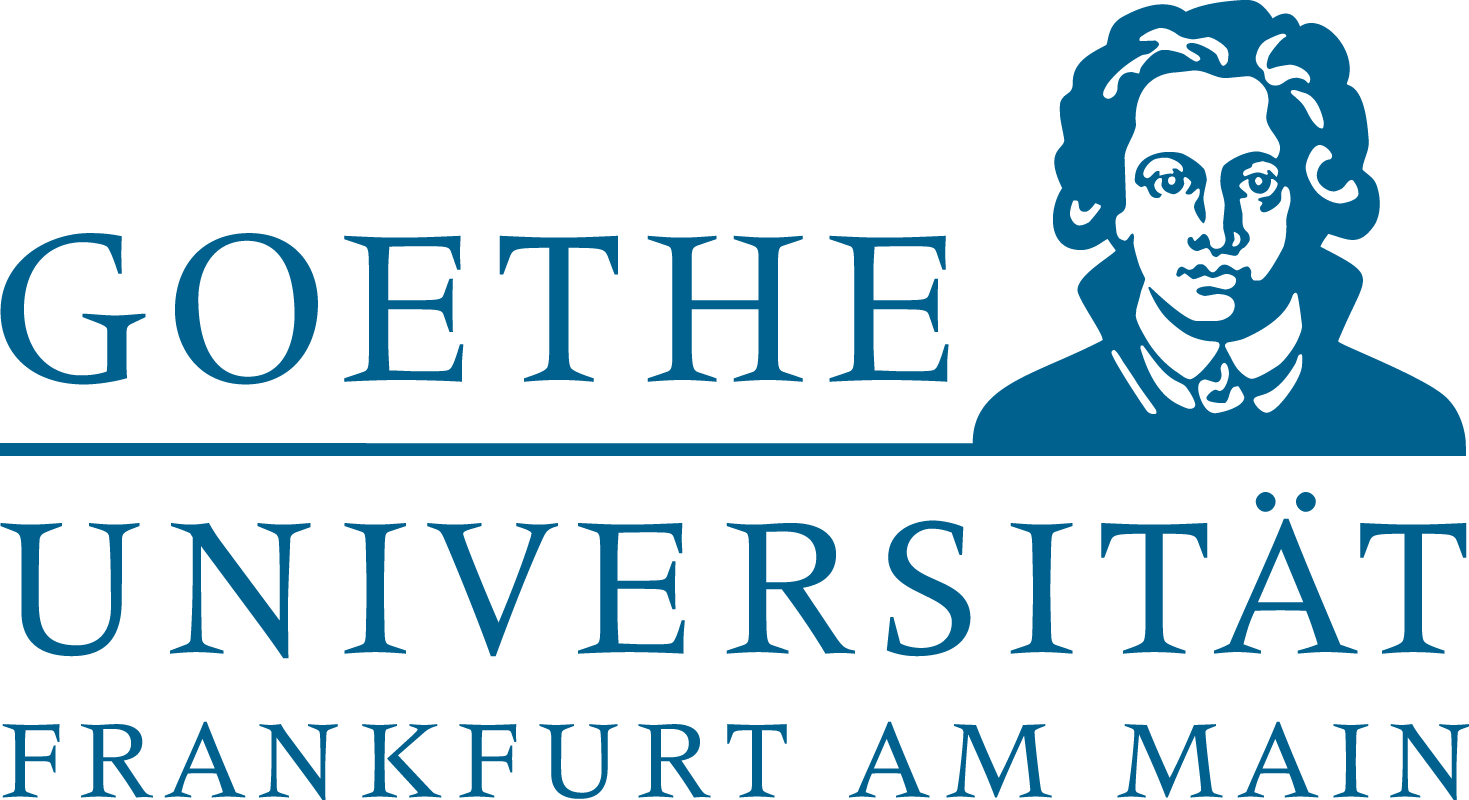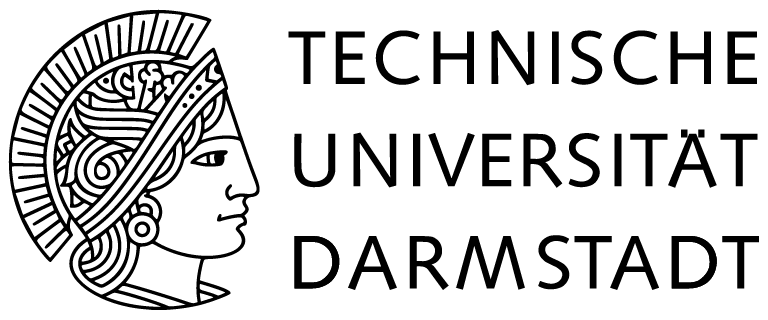Home » What we do » Working Area 2
Working Area
One of the main goals of ELEMENTS is the understanding of bulk properties of nuclear matter under extreme conditions. At high temperatures or high net baryon densities a new state of matter, a quark-gluon plasma, is formed. The nature of the transition between the ordinary hadron gas phase and the QGP phase is still under investigation, as well as the detailed properties of those phases. Heavy-ion collisions at varying beam energies allow to access large regions of this phase diagram of strongly-interacting matter. Within neutron star mergers very high densities and moderate temperatures are reached.

To gain insights on the properties of matter from observables in gravitational-wave signals and heavy-ion reactions, detailed dynamical evolution models are required. This is the core task of work area 2 to advance the description of heavy-ion collisions and neutron star mergers within magneto-hydrodynamics and transport approaches. The first neutron star merger events (GW170817 and GW190425) are providing first constraints on maximum masses, radii and tidal deformabilities. In heavy-ion collisions, the main observables include fluctuations and correlations of final particles, the vorticity measured through polarized particles, electromagnetic radiation as well as light nuclei production.

The following milestones have been formulated in Work Area 2:

Work Area 2 will build a common framework to interpret neutron star mergers and heavy-ion collisions. One particular focus is the consistency of the equation of state between observables from neutron star mergers and heavy-ion reactions.
From collisions of heavy ions to collisions of neutron stars
In this Working Area, ELEMENTS studies the dynamics of binary neutron-star (BNS) merger events using the most advanced numerical simulations in general relativity to obtain accurate predictions of the expected GW signal and on its EM counterpart (Arcones, Bauswein, Martínez-Pinedo, Rezzolla).
Significant progress will be achieved in determining the impact of general-relativistic (GR) magnetohydrodynamic (MHD) turbulences, MHD instabilities, and magnetic-field amplification on the remnant produced by merging NSs. We investigate the impact of phase transitions on the dynamics of BNS mergers (Bauswein, Rezzolla) and their GW signal, extending and improving the very successful work done so far. In addition, we also use BNS mergers as a powerful tool to explore violations of theory of General Relativity and find signatures of alternative theories of gravity (Sagunski).
ELEMENTS develops novel formulations in relativistic dissipative hydrodynamics and MHD and applies them to both HICs and BNS mergers (Elfner, Rezzolla, Rischke). Furthermore, it extends fluctuation measurements by including the reconstruction of light nuclei and the detection of neutrons by combining detection capabilities of HADES and R3B with pilot experiments performed within the FAIR Phase-0 infrastructure (Aumann, Galatyuk, Obertelli, Stroth).
Working Area 2 Representative: Hannah Elfner
Working Area 2 Deputy Representative: Andreas Bauswein
Principal Investigators: A. Arcones, T. Aumann, A. Bauswein, H. Elfner, T. Galatyuk, G. Martinez-Pinedo, A. Obertelli, D. Rischke, L. Rezzolla, L. Sagunski, J. Stroth




